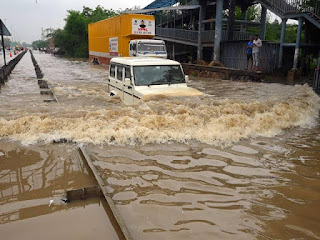Chandrayan 1 (Mission moon)
Launch Date: October 22, 2008
Launch Vehicle: PSLV-C11
Mission Objective: To explore the Moon, study its surface, mineral composition, and search for evidence of water molecules.
Payloads: Chandrayaan-1 carried 11 scientific instruments, including spectrometers, cameras, and radar systems.
Major Discoveries:
Confirmed the presence of water molecules on the lunar surface.
Identified key mineral components like magnesium, aluminum, and iron.
Discovered water ice in permanently shadowed regions near the Moon's poles.
Communication: The spacecraft communicated with Earth through the Indian Deep Space Network and NASA's
DeepMission Duration: Initially planned for two years, but communication was lost in August 2009, ending the mission prematurely.
Impact Probe: A Moon Impact Probe (MIP) was released and impacted the Moon's surface on November 14, 2008, to study the exosphere.
Lunar Orbit: Chandrayaan-1 was initially in a circular orbit, then moved to a higher, elliptical orbit.
Impact: In 2016, NASA's Lunar Reconnaissance Orbiter (LRO) discovered the remains of Chandrayaan-1, providing confirmation of its presence.
1 Spectral Studies-In order to better comprehend the Moon's geological past, scientists used Chandrayaan-1's sensors to undertake spectral investigations of the lunar surface to examine the makeup of minerals and metals present.
2 Moon impact -The mission life of Chandrayaan-1 was two years, but after around 10 months, contact was lost. Despite this, the mission still made important scientific advancements, like as the finding of water molecules and lunar ice
3 M3 instrument -One of the scientific tools on board, the Moon Mineralogy Mapper (M3), was essential in spotting the existence of water molecules on the lunar surface. This discovery was made possible by the high-resolution pictures and spectroscopic data supplied by M3.
4 confirmation of water ice -The detection of ice was made possible by Chandrayaan-1's studies of persistently shadowed regions close to the Moon's poles. Future lunar exploration and resource utilisation may be affected by this discovery.
5 International collaboration -Data and insights from were disseminated to the world's scientists. The accomplishment of the mission fostered cooperation among many space organisations and researchers all around the world.
6 inspiration for future mission -India's subsequent lunar missions, such Chandrayaan-2, which attempted to expand on the knowledge acquired from the first mission, were made possible thanks to Chandrayaan-1's success.
Chandrayaan-1 served as India's entry marker.
7 Legacy -India's debut into lunar exploration with Chandrayaan-1 demonstrated the nation's advancement in space technology. Additionally, it sparked pride in India's space science accomplishments among the general populace.
Follow-up Missions: Chandrayaan-1's success inspired future lunar and planetary missions by ISRO, including Chandrayaan-2 (launched in 2019) and other ambitious projects, contributing to the ongoing exploration of our solar system.








Thank you so much for this information I was looking for it.
ReplyDeleteGreat content
ReplyDeleteWant to know more on the difference between Luna-25 and chandrayan mission.
ReplyDeleteWell explained 👏
ReplyDeleteVery well presented
ReplyDeleteVery well written and articulated in manner.
ReplyDelete